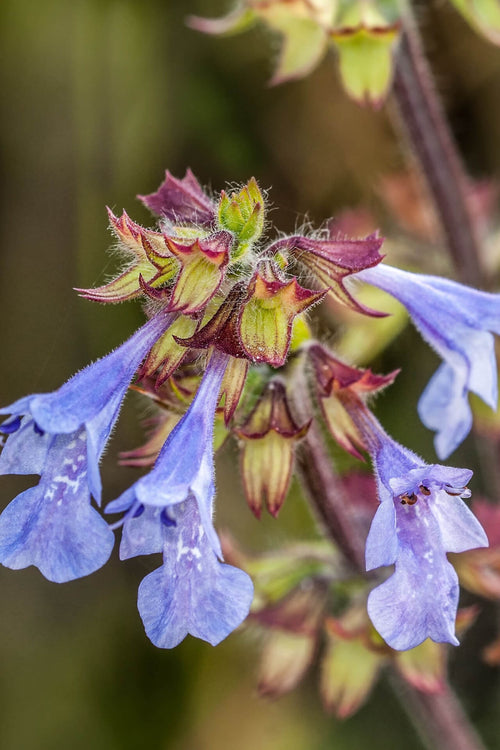Raised garden beds offer numerous benefits for both novice and experienced gardeners alike
These beds enhance productivity, convenience, and aesthetics in gardening by elevating the soil level, creating distinct planting areas, and providing controlled growing conditions.
One of the primary benefits of raised garden beds is improved soil quality. Gardeners can create a fertile growing environment using high-quality soil, compost, and other organic matter. Unlike the native soil, which may be compacted or lack essential nutrients, the soil in raised beds is loose, well-drained, and rich in organic matter.
It promotes healthy root development, prevents waterlogging, and allows for better nutrient uptake by plants, leading to increased yields and healthier plants overall. Another advantage of raised garden beds is their ability to provide excellent drainage. The elevated nature of these beds prevents water from pooling and allows excess moisture to drain away, reducing the risk of root rot and other water-related issues. It is particularly beneficial in areas with heavy rainfall or poorly draining soil.
The improved drainage allows gardeners more control over watering, preventing overwatering and water wastage. Raised garden beds also offer better weed control.
The increased height makes spotting and removing weeds easier, and the controlled environment allows for targeted weed management. It reduces the competition for resources between weeds and desired plants, leading to healthier and more productive crops.
Gardening in raised beds provides greater control over soil composition and amendments
Gardeners can customize the soil mix to different plants' needs, ensuring optimal growth conditions. It is especially advantageous for gardeners with challenging soil conditions such as heavy clay or sandy soil.
Additionally, raised beds make monitoring and adjusting pH levels, nutrients, and organic matter content easier, promoting healthy plant growth. The raised height of these beds also offers ergonomic benefits. Gardeners do not have to bend as much or kneel on the ground, reducing strain on the back and knees. It makes gardening more accessible and enjoyable for people of all ages and physical abilities.
Additionally, the raised height allows for more manageable maintenance tasks such as pruning, mulching, and harvesting, as the plants are within comfortable reach.
Furthermore, raised garden beds can extend the growing season. The soil in these beds warms up faster in spring, allowing for earlier planting and longer growing seasons. The increased heat retention also protects plants from late spring frosts or early fall chills, enabling gardeners to produce a broader range of crops. In colder climates, raised beds can be equipped with covers or cloches to create a microclimate, further extending the growing season and protecting tender plants from frost.
Raised garden beds are also aesthetically pleasing. These beds' defined boundaries and structured layout add visual appeal to the garden, creating an organized and tidy appearance. In terms of pest control, raised beds offer some advantages as well. The increased height can deter certain pests, such as slugs and snails, that have difficulty climbing into the beds. Physical barriers like wire mesh or netting can further protect crops from pests.
The controlled environment of raised beds makes monitoring and promptly addressing pest issues easier, preventing infestations from spreading and minimizing the use of chemical pesticides.
Raised garden beds can be a sustainable gardening option
The efficient use of space in these beds allows for higher gardens in a more compact area than traditional gardens.
It reduces the land footprint required for gardening, making it ideal for urban or limited-space situations. Additionally, the controlled environment of raised beds promotes water conservation by reducing evaporation and runoff.
Furthermore, using compost and organic matter improves soil health and reduces the reliance on synthetic fertilizers, promoting environmentally friendly gardening practices. In conclusion, raised garden beds offer a wide range of benefits.
From improved soil quality and drainage to enhanced weed control and ergonomic advantages, these beds provide gardeners with a more productive, convenient, and visually appealing gardening experience.
With their ability to extend the growing season, aid in pest control, and promote sustainable practices, raised garden beds have become famous for both experienced and beginners looking to maximize their gardening efforts.
Tn Nursery https://www.tnnursery.net



















































